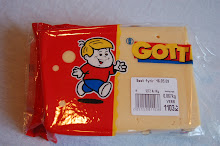EVERYONE: you should watch "the cruise" its a great documentary.. and offers an interesting and philosophical perspective on life... You can get it from the library for FREE in media viewing room just ask for "DVD 4374"
Steffffffff! I really enjoy your stop motion work thus far this semester... the differing textures you made with the clay was really great... i love the ambiguity of it... Check out Stop motion artist Jan Svankmajer... you can find more of his work on youtube!
Abbey: "This is totally better than the brain!!" jk... im not sure if ive told you this but I REALLY love your work... i love the very biological aspect/scientific nature that influences it ... I loved your decisions in placement of the cells and especially the transformation...Check out Porphyria Cutanea Tarda, its an affliction causes by the lack of an enzyme that produces heme which is the main component of hemoglobin found in the center of the red blood cell

Lizzzzz: I really really enjoy the textures and colors of your piece. The size seemed right for it. I loved the organic and abstract aspects of it... i could not help thinking about Miyazaki's Nausicaa of the valley of the wind... it reminded me of some sort of plant-life form from the post apocalyptic world in the movie ... check out the trailer... and i definately recommend the movie!!!


_______________________________________________________________________
I feel as though I have been making a certain kind of work because it is comfortable for me, i question my work and whether i should continue in the the same vein (no pun intended) or to try and explore somethign outside of my comfort level... I am curious if all my work is starting to look alike... and if my identity as an artist has solidified to being the "skin-girl" ....











